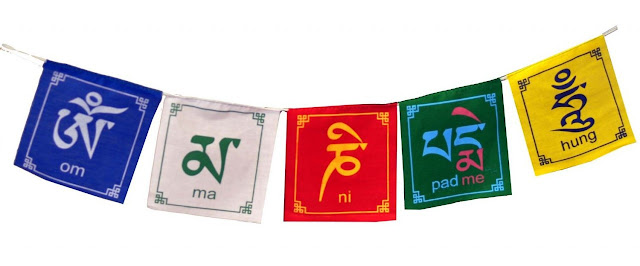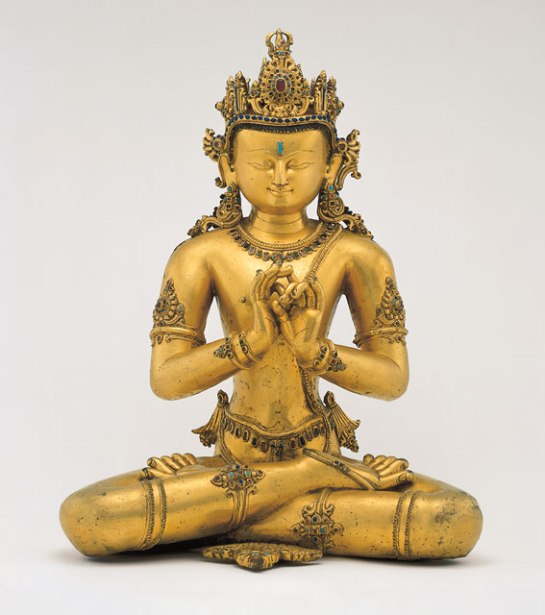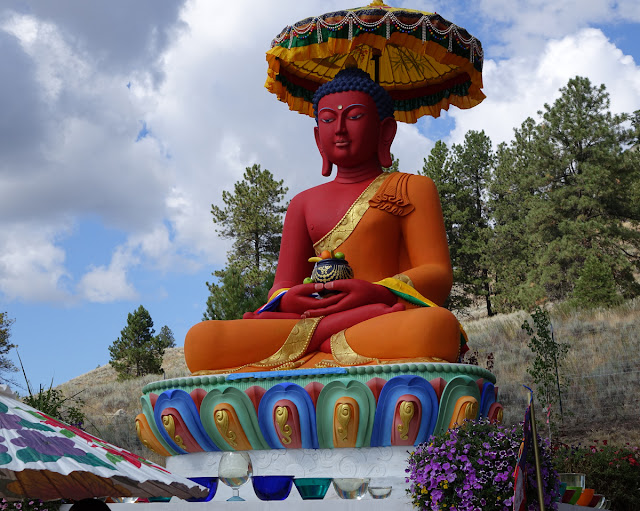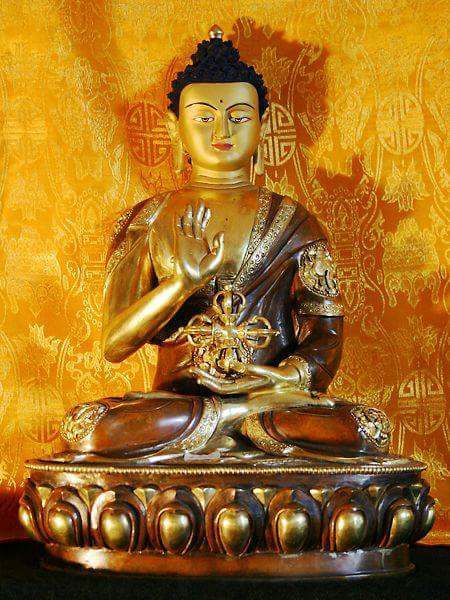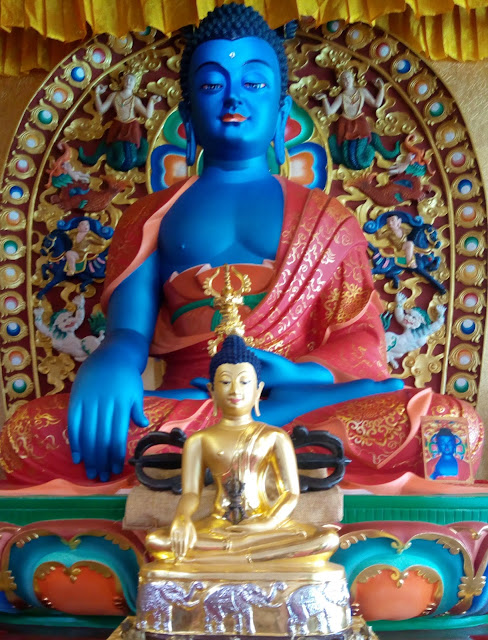Thank you for visiting us! You are one of an increasing number of readers looking up Tibetan Buddhism and culture for analyses and learning and sharing the Buddhist Dharma.
We strive to keep these articles free for reading. We indeed had been providing free reading and circulation of our posts throughout the last 10 years. We want to keep our posts and journals as open as we can. So you can see why we need to ask for your help.
Our blog administrative takes a lot of time, money and hard work to produce. But we do it because we believe our perspective matters – because it might well be your perspective, too.
If everyone who reads our posts, who likes it, helps to support it, our future would be much more secure. In any case, we do need funds to continue the struggle for Justice, Freedom and Solidarity of the critically endangered Tibetan culture and heritage.
To maintain these, we do require and acknowledge subsidizing and sponsoring from public. Contribute however much you want or choose one of our structured fundraising initiatives.
Whatever the amount, a donation to Tibetan Buddhism does not go without a lot of appreciation and thanks. Please know that every single cent that you donate to us, goes towards a very good cause. A cause that brings peace to people's body, mind and spirit.
Do you earnestly cherish our devoted work? Assuming this is the case, would you consider making a donation for our Buddhist research and development. We need you to help secure the future of scholarly interaction with Buddhism.
Your generosity will certainly help us improve our works and to achieve for a better and brighter prospect to come.
Thank you in advance for your support.
Sincerely,
Thubten Choayang Maxwell
Administrative




